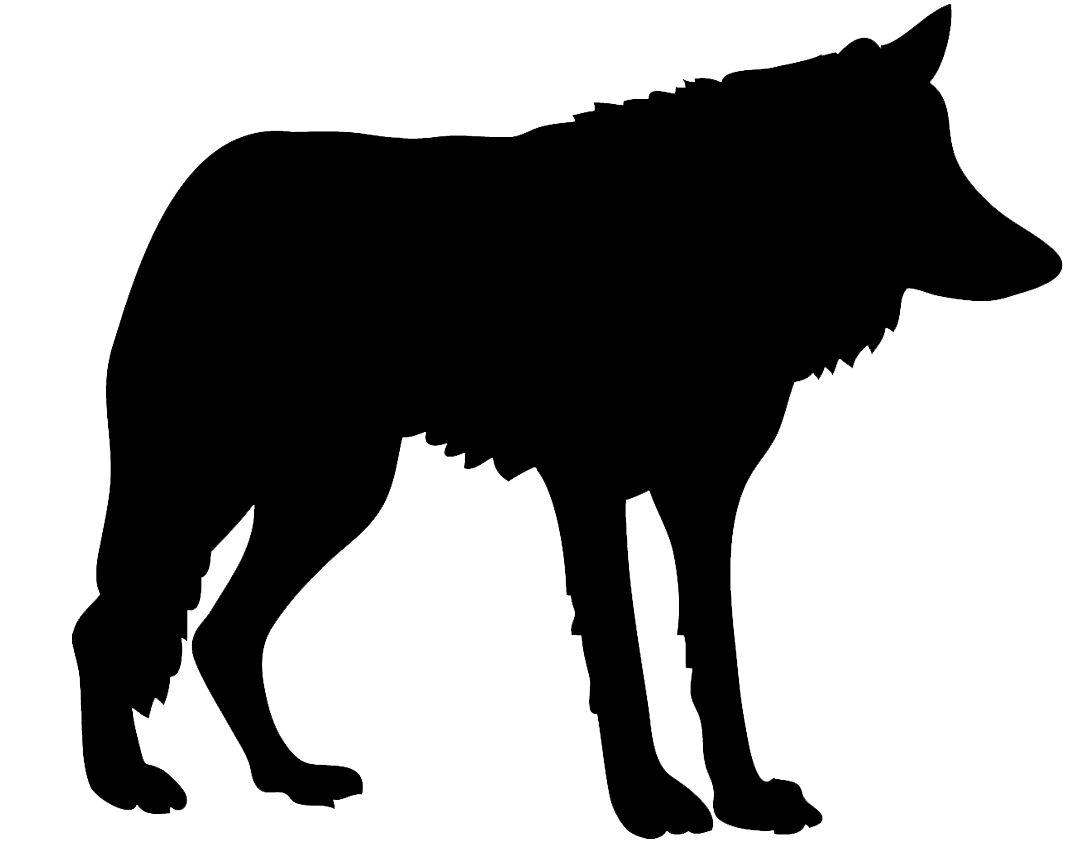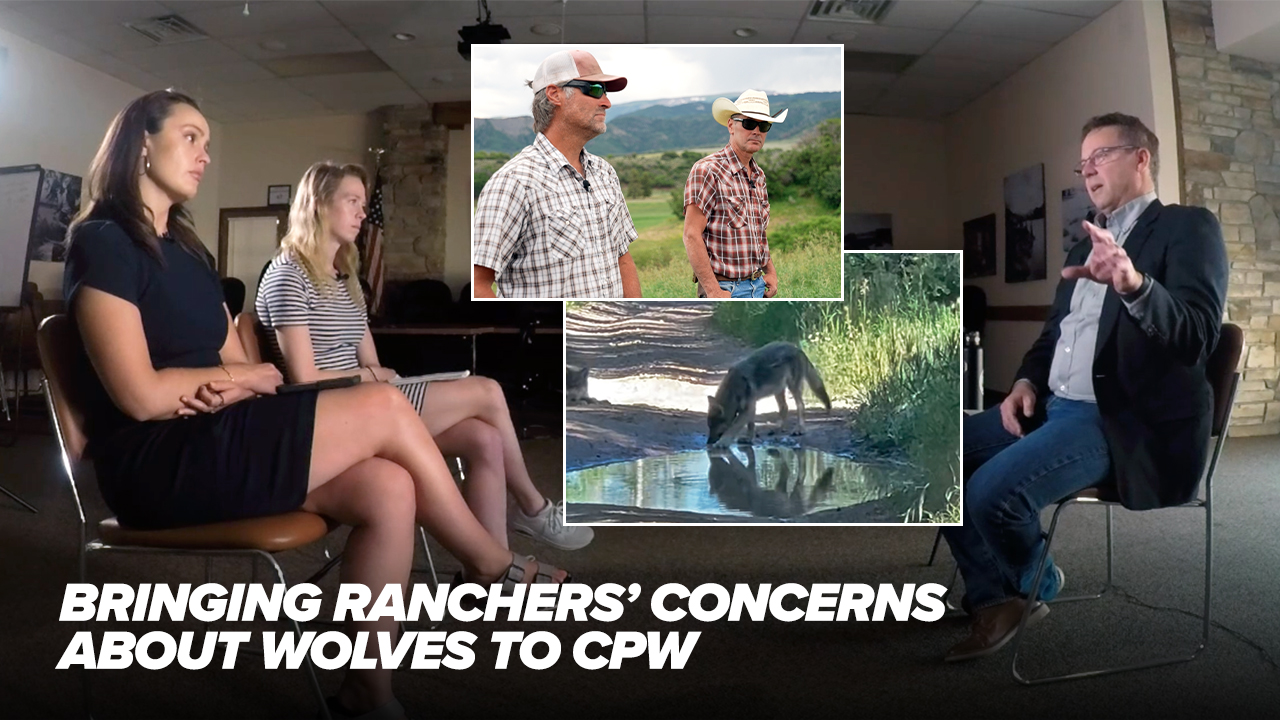DENVER — Federal wildlife officials are investigating after a reintroduced wolf from British Columbia died in southwestern Colorado last month.
State wildlife officials said they learned female gray wolf 2506 died somewhere in southwest Colorado on Oct. 30. The female was one of 15 wolves that were captured in the Canadian province at the beginning of this year and translocated to Pitkin and Eagle counties as part of a second round of the state’s voter-mandated wolf reintroduction program.
Because gray wolves are a federally listed species under the Endangered Species Act, the U.S. Fish and Wildlife Service is investigating the wolf’s death.
Colorado Parks and Wildlife (CPW) officials said Friday a final determination of the cause of death will not be made until the investigation is completed, which will include a necropsy.
This marks the eighth death among reintroduced wolves this year. Back in August, CPW officials said a female gray wolf reintroduced from the state of Oregon had died in Wyoming.

Denver7 has compiled the list below, which outlines an overview of the known wolf population in Colorado:
- Six wolves surviving from the original 10 that were released in December 2023 (one died of a likely mountain lion attack, a second died from injuries sustained prior to his capture as part of the Copper Creek Pack relocation effort, a third wolf became sickly and died, and a fourth died in Wyoming)
- Three of the five wolf pups born in the spring of 2024 (one male was killed by CPW after multiple depredations in Pitkin County and a second male was killed for the same reasons in September)
- 10 wolves surviving from the 15 that were released in January 2025 (one was shot and killed by Wildlife Services in Wyoming, a second died of unknown causes in Wyoming, a third died in Rocky Mountain National Park, a fourth died in northwest Colorado and the fifth died in northwest Colorado after it was likely hit by a car)
- Unknown number of total pups born in four packs in 2025
- Two wolves that moved south from Wyoming several years ago
- One uncollared wolf that was last known to be in northwest Moffat County in mid-February 2025. It is not clear if it is alive or still in the state.
- Possible, but unconfirmed, wolf in the Browns Park area as of February 2025. It is not clear if it is alive or still in the state.
Friday's announcement comes just two weeks after the Trump administration told Colorado to stop importing gray wolves from Canada as part of its reintroduction program, and instead look to states in the Northern Rockies to help in those efforts.
But most of those states — including the Yellowstone region states of Idaho, Montana and Wyoming, where wolves from Canada were reintroduced in the 1990s — have said they don't want to be part of Colorado's reintroduction.
The agreement to translocate wolves from British Columbia was signed before the state got the Oct. 10 letter from U.S. Fish and Wildlife Service Director Brian Nesvik, according to CPW spokesperson Luke Perkins. He told the Associated Press the state "continues to evaluate all options to support this year's gray wolf releases" after getting "recent guidance" from the Fish and Wildlife Service.
About 20 collared wolves now roam mountainous regions of the state and its management plan envisions potentially 200 or more wolves in the long term.
Denver7 has been following Colorado's wolf reintroduction program since the very beginning, and you can explore all of that reporting in the timeline below. The timeline starts with our most recent story.





Denver7 is committed to making a difference in our community by standing up for what's right, listening, lending a helping hand and following through on promises. See that work in action, in the videos above.




